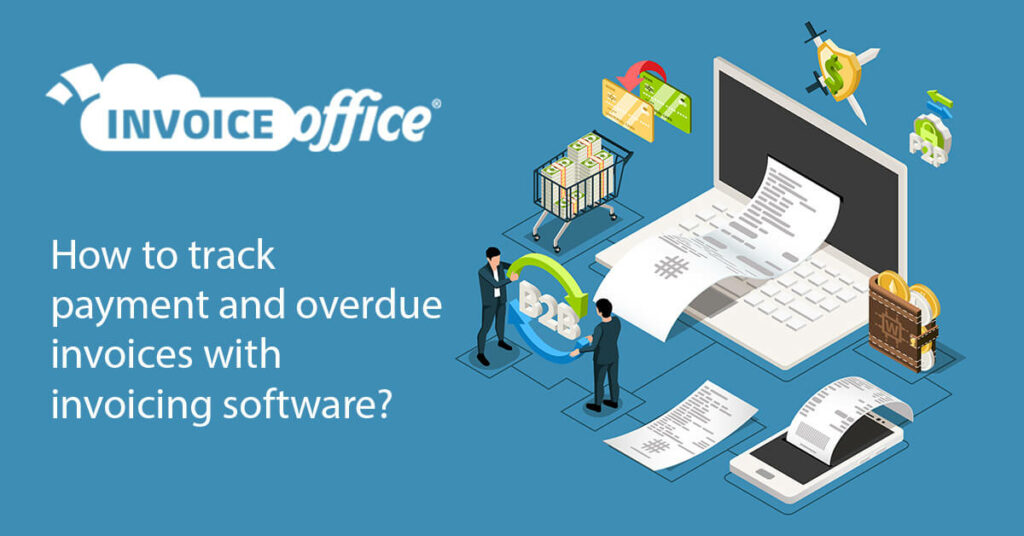Managing finances is crucial for any business, and invoicing is a crucial aspect of it. Invoicing software is an essential tool for any business owner to track payments and overdue invoices. With invoicing software, you can easily create and send invoices, set reminders for due dates, and track payment history. In this blog post, we will discuss how to track payment and overdue invoices with invoicing software. Keep on reading to know about it!
Things to know:
Choose the right invoicing software:
There are several invoicing software options available in the market, and choosing the right one can make all the difference in tracking payments and overdue invoices. It is essential to choose the software that suits your business needs, has a user-friendly interface, and provides detailed payment tracking options.
Set up payment terms:
Once you have chosen the software, the next step is to set up payment terms. This includes setting payment due dates, payment methods, and payment reminders. Setting payment terms ensures that your customers know when the payment is due and how to pay you. Additionally, invoicing software allows you to set up automatic payment reminders, which saves time and ensures timely payments.
Create and send invoices:
Creating and sending invoices is an essential part of invoicing software. With invoicing software, you can create and send invoices in a matter of minutes. This includes adding your business logo, customer details, and itemized services or products. Once the invoice is created, you can send it directly from the software or download it as a PDF and send it manually.
Track payment status:
Invoicing software allows you to track payment status, including payments made, payments pending, and overdue payments. This ensures that you have a clear understanding of which invoices have been paid and which ones are still outstanding. Additionally, invoicing software allows you to generate payment reports, which provides an overview of your payment history.
Set up automatic payment reminders:
Invoicing software allows you to set up automatic payment reminders, which sends payment reminders to your customers before the payment is due. This saves time and ensures timely payments, reducing the chances of overdue payments.
Generate payment reports:
Payment reports provide an overview of your payment history, including payments received, pending payments, and overdue payments. Invoicing software allows you to generate payment reports, which gives you a clear understanding of your payment status. Payment reports also help you identify customers who have a history of overdue payments, allowing you to take necessary actions.
Integrate with accounting software:
Integrating invoicing software with accounting software streamlines your financial management process. This ensures that your payment information is accurate and up-to-date. Additionally, it eliminates the need for manual data entry, saving time and reducing the chances of errors.
Take necessary actions for overdue payments:
Invoicing software allows you to take necessary actions for overdue payments. This includes sending payment reminders, adding late payment fees, and sending legal notices. With invoicing software, you can automate these actions, saving time and ensuring that you receive payment for your services or products.
Conclusion:
Invoicing software is an essential tool for any business owner to track payments and overdue invoices. It provides a user-friendly interface, payment tracking options, automatic payment reminders, payment reports, and integration with accounting software. By choosing the right invoicing software and following the steps mentioned above, you can streamline your invoicing process and ensure timely payments.




